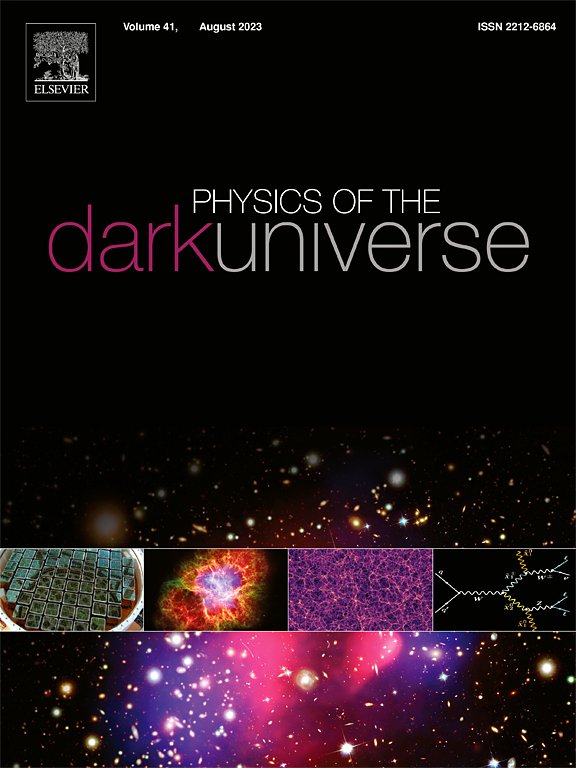Gray-body factors: Method matters
IF 5
2区 物理与天体物理
Q1 ASTRONOMY & ASTROPHYSICS
引用次数: 0
Abstract
The calculation of gray-body factors is essential for understanding Hawking radiation and black hole thermodynamics. While the formalism developed by Chandrasekhar is effective for static black holes, it faces significant challenges in Kerr spacetimes, particularly in the superradiant regime, where a specific choice of coordinates introduces numerical inaccuracies. To address these limitations, an alternative method based on re-scaling radial coordinates and employing Frobenius-like expansions has been investigated. We compare the gray-body factors obtained for a near-maximally rotating black hole using both methods and find that the Chandrasekhar formalism systematically overestimates the values in the superradiant regime compared to well-established analytical results. Specifically, for a spin parameter of , the Chandrasekhar method yields values approximately twice as large as the correct result. Since this approach has been implemented in BlackHawk, we assess the impact of these discrepancies on constraints derived from gamma-ray observations of highly spinning primordial black holes.
求助全文
约1分钟内获得全文
求助全文
来源期刊

Physics of the Dark Universe
ASTRONOMY & ASTROPHYSICS-
CiteScore
9.60
自引率
7.30%
发文量
118
审稿时长
61 days
期刊介绍:
Physics of the Dark Universe is an innovative online-only journal that offers rapid publication of peer-reviewed, original research articles considered of high scientific impact.
The journal is focused on the understanding of Dark Matter, Dark Energy, Early Universe, gravitational waves and neutrinos, covering all theoretical, experimental and phenomenological aspects.
 求助内容:
求助内容: 应助结果提醒方式:
应助结果提醒方式:


